- This conference will point out the direction to improve the transportation system and help environmental protection
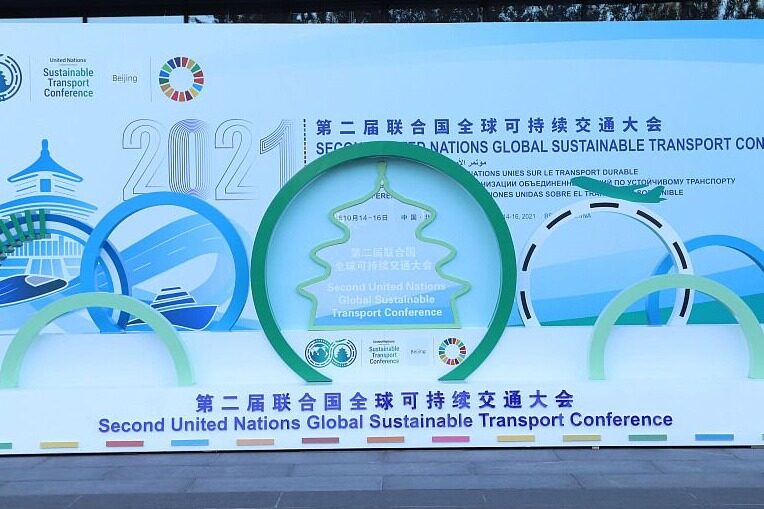
In the golden autumn of October, the sweet osmanthus fragrant. Beijing National Convention Center, with the theme of "Sustainable Transportation, Sustainable Development", the second United Nations Global Sustainable Transportation Conference will be held here. 2021 is the first year of China's "14th Five-Year Plan" and also the first year of accelerating the construction of a transportation power. Adhering to the concept of coordinated development with the economy and society and harmonious symbiosis with the natural ecology, with the goal of building people's satisfaction with transportation, promoting innovative development, promoting green transformation, and strengthening open cooperation... As the "pioneer" of the economy and society, "sustainability" is increasingly becoming China Development label in the transportation sector.
Go green first and make every effort to create a "low-carbon road"
On October 2nd, at Tianjin Port, a special train with open-top boxes loaded with 3,200 tons of iron ore from “revolution to iron” and “distribution to assembly” slowly drove out, speeding up to Ningxia Huinong, which marked the official opening of Tianjin Port to the northwest. "Ore Corridor" railway passageway. "'Transfer to railway' not only saves comprehensive transportation costs for enterprises, but also injects'green' vitality into sustainable transportation. It not only improves transportation efficiency, but also reduces carbon emissions." Yuan Yuan, Manager of Marketing Department of Tianjin Port Yuanhang Ore Terminal Company According to the full introduction, under normal circumstances, the energy consumption and pollution emissions per unit of freight turnover of railways are about 1/7 and 1/13 of that of road transportation. Optimizing the transportation structure is the "highlight" of my country's transportation energy conservation and emission reduction.
Data show that transportation emissions account for about 10% of my country's total carbon emissions, and road transportation accounts for nearly 90% of it. During the "Thirteenth Five-Year Plan" period, my country comprehensively carried out a three-year action to adjust the transportation structure. Compared with 2017, in 2020, railway freight will increase by 863 million tons, waterway freight will increase by 938 million tons, and the volume of bulk cargo road transportation in coastal ports will be reduced by 370 million tons. This is a microcosm of the green transformation of my country's transportation into the "fast lane". "Strive to reach the peak of carbon dioxide emissions by 2030, and strive to achieve carbon neutrality by 2060." As the world's largest developing country, it takes the shortest time in global history to achieve the peak from carbon to carbon neutral. This is An uphill battle. In the tough fight, China Communications is actively participating, contributor, and leader in the green development of global transportation with its deeds.
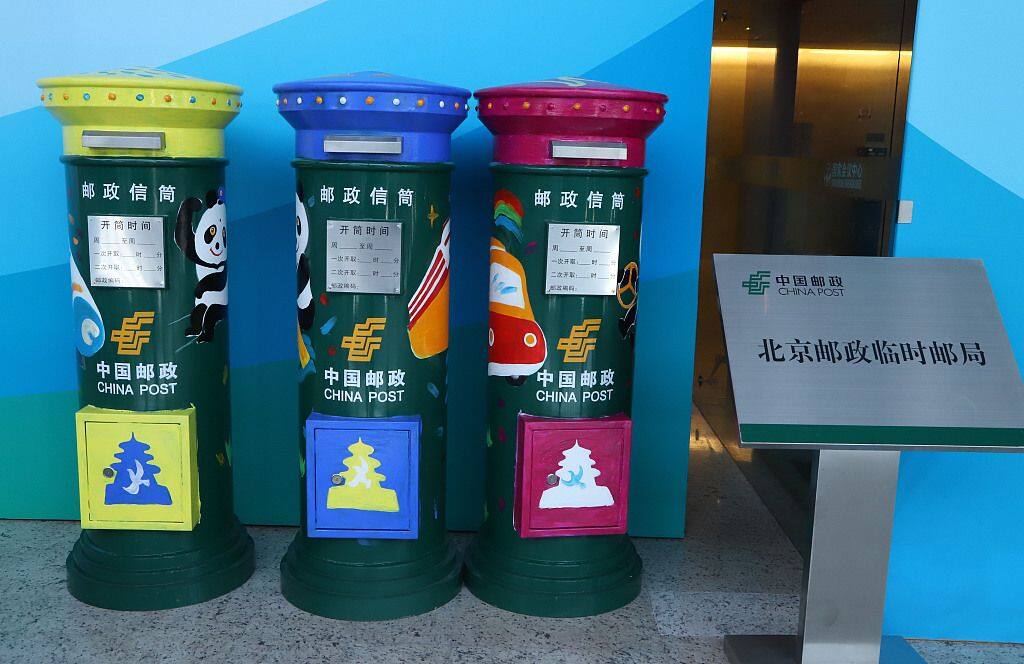
The relevant person in charge of the Ministry of Transport stated that China regards the promotion of green and low-carbon transformation as a strategic task for sustainable transportation development, and pursues to meet the social and economic development and people's travel needs with the least resource input and environmental cost.
——Energy consumption and carbon emission intensity continue to decline. Compared with 2015, the carbon dioxide emission intensity of transportation in 2020 will drop by 7.5%.
——The promotion and application of new energy equipment and facilities will be accelerated. By the end of 2020, the number of new energy vehicles in my country's urban buses and cruise taxis will reach 466,000 and 132,000 respectively.
——The level of resource conservation and intensiveness of transportation has reached a new level, and the recycling of waste roads, asphalt, steel, cement and other materials has been actively carried out. The recycling rate of waste materials on highway roads has reached 95%...
Connecting urban and rural areas, unblocking the "main artery" of economic and social development
The first bridge spans the west and east, fulfilling the dream of "crossing over the bridge" of the people along the coast for many years. After more than three years of construction, the Xin'anjiang Street Bridge in She County, Anhui, at the junction of Anhui and Zhejiang provinces, was recently opened to traffic. "From Xinmen Village on the west bank of the Xin'an River to the east bank, the original winding road that took 4 hours to drive around, now only takes less than 2 minutes." said Zhang Yongen, the project leader of the third company of China Railway 15th Bureau, the construction unit. For the villagers, with the bridge, the "three citrus fruits" produced in the unique microclimate of Xin'anjiang can be sold at a better price. Villages with beautiful scenery and rich products will also welcome more tourists.
For economic and social development, transportation takes the lead. Resource road, tourist road, industrial road, each road is like a "golden key" that opens the gate of the mountain, opening up the "microcirculation" of rural revitalization, driving a piece of industry, and enriching the people.
——The railway network extends vertically and horizontally. By the end of 2020, my country's total railway operating mileage will reach 146,000 kilometers, covering 99% of cities with a population of more than 200,000, of which high-speed rail operating mileage is about 38,000 kilometers, covering nearly 95% of cities with a population of more than one million.
——The road network extends in all directions. The total mileage of roads opened to traffic reached 5.198 million kilometers, of which the expressway mileage reached 160,000 kilometers, and cities with a population of more than 200,000 were fully covered; all the towns, towns and organizational villages in the country that have the conditions were connected to hardened roads and passenger cars.
——Improve the quality and efficiency of civil aviation transportation. The total mileage of national air routes has reached 237,000 kilometers, and the number of certified transportation airports has reached 241; civil transportation airports cover more than 92% of prefecture-level administrative regions.

During the National Day holiday, the builders of the Gansu S36 Linkangguang Expressway project still stick to the front line of construction. The Linkang-Guangzhou Expressway is about 36 kilometers long. After it is completed and opened to traffic, it will end the history of no expressway in Kangle County, Linxia Hui Autonomous Prefecture, Gansu. "For ethnic minority areas, this road is a connection project between poverty alleviation and rural revitalization, and it is of great significance." said Yang Wanlie, head of the Linkangguang Expressway Project of China Railway 16th Bureau Group.
"We must focus on sustainable transportation and poverty reduction, sustainable transportation and people’s livelihood, sustainable transportation and green development, sustainable transportation and interconnection, sustainable transportation and regional development, innovative development, safe development, etc., in order to promote global Sustainable development makes new and greater contributions." said Li Xiaopeng, Minister of Transport.
Open interoperability and jointly build a "fast lane" towards the future
At about 10 o'clock on September 28, with a loud whistle, the "Shanghai" China-Europe Express train departed from the Shanghai Railway Minhang Freight Station with the striking words of "New Era, Sharing the Future" and "Serving the Construction of the Belt and Road". , Rushed to Hamburg, Germany. This is the first time a China-Europe train has been opened in Shanghai. The person in charge of China Railway Shanghai Bureau Group Corporation stated that the "Shanghai" train will operate regularly every week, and will gradually increase the frequency and routes of operation, provide new logistics options for Chinese and foreign companies, and become a new land transport channel for Sino-European trade. Guided by openness, driven by cooperation, and shared as the goal, China has continued to build a "fast track" of connectivity, mutual benefit and win-win transportation integration development in recent years. On October 10, the Vientiane Dispatching Command Center of China-Laos Railway, which was undertaken by the China Railway Construction Electrification Bureau, was officially opened, marking that the Mowan Section of the China-Laos Railway has officially entered the dynamic inspection stage. The train is about to speed along this "road of friendship" connecting China and Laos, facilitating personnel and trade exchanges between the two countries. Actively promote and jointly build the “Belt and Road” national transportation interconnection, and strengthen the policy, rules and standards of “soft connectivity”. Among the more than 200 cooperation documents that China signed with 140 countries and 32 international organizations to jointly build the “Belt and Road” initiative, most of them involve cooperation in transportation interconnection. The Asia-Djibouti Railway, the Mombasa-Nairobi Railway and the China-Russia Tongjiang Railway Bridge were completed and opened to traffic, and the China-Laos Railway, China-Thailand Railway, Hungary-Serbia Railway, Jakarta-Bandung High-speed Railway and other projects have been steadily advanced. The total number of China-Europe Express trains has exceeded 40,000, reaching more than 170 cities in 23 European countries. Keywords: engineering construction, engineering news
Accelerate the promotion of road connectivity with neighboring countries. The Kunming-Manchurian Highway, the Kunming-Hanoi-Haiphong Highway, and the China-Pakistan Economic Corridor will be open to traffic. With the joint construction of the Belt and Road as a cooperation platform, 22 bilateral and multilateral international road transport facilitation agreements including the "International Road Transport Facilitation Agreement among the Member States of the Shanghai Cooperation Organization" have been signed with 19 countries. Behind the continuous improvement of the level of interconnection is China's determination and confidence to unswervingly expand high-level opening up and share development opportunities with the world. Although there are still many uncertain factors in the global economic recovery and the development of the epidemic, the general trend of China's integration and development with the world is unstoppable.Editor/Xing Wentao
Comment
 Praise
Praise
 Collect
Collect
 Comment
Comment
 Search
Search



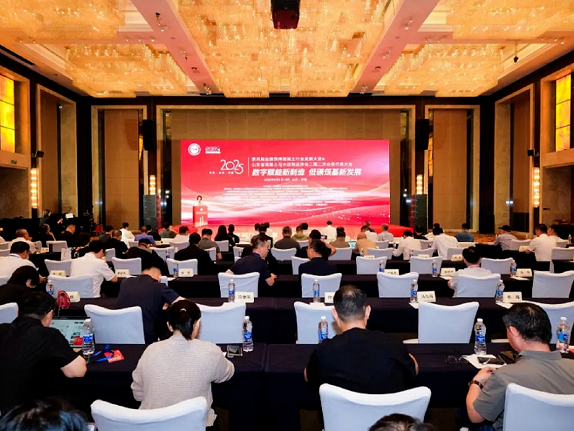
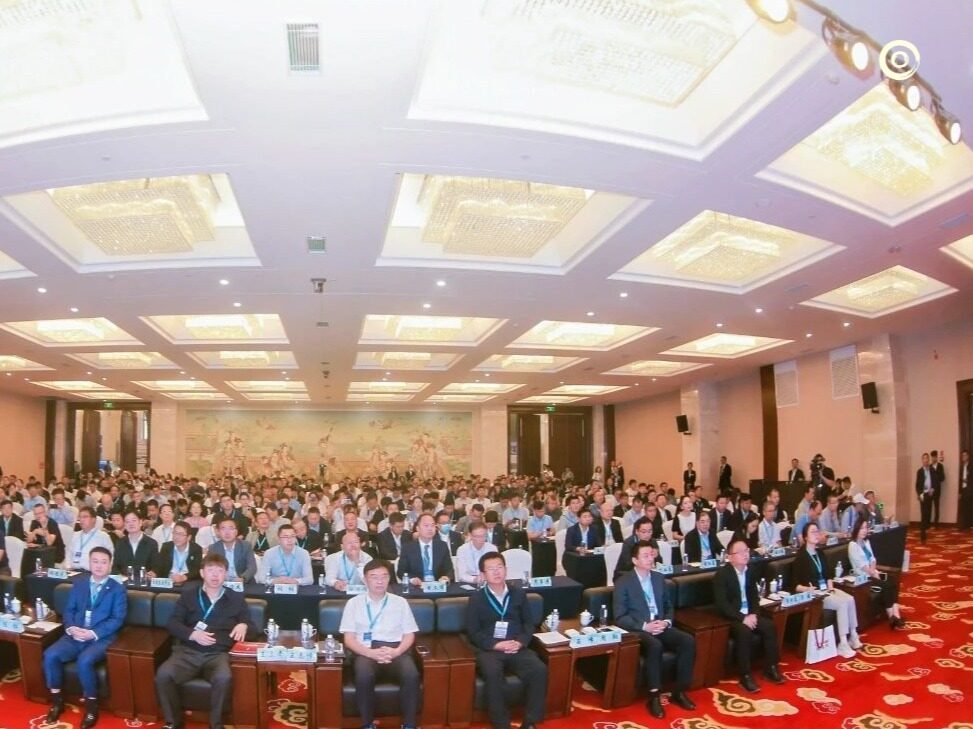
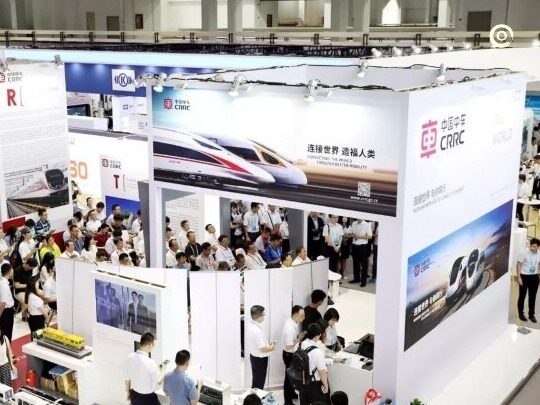
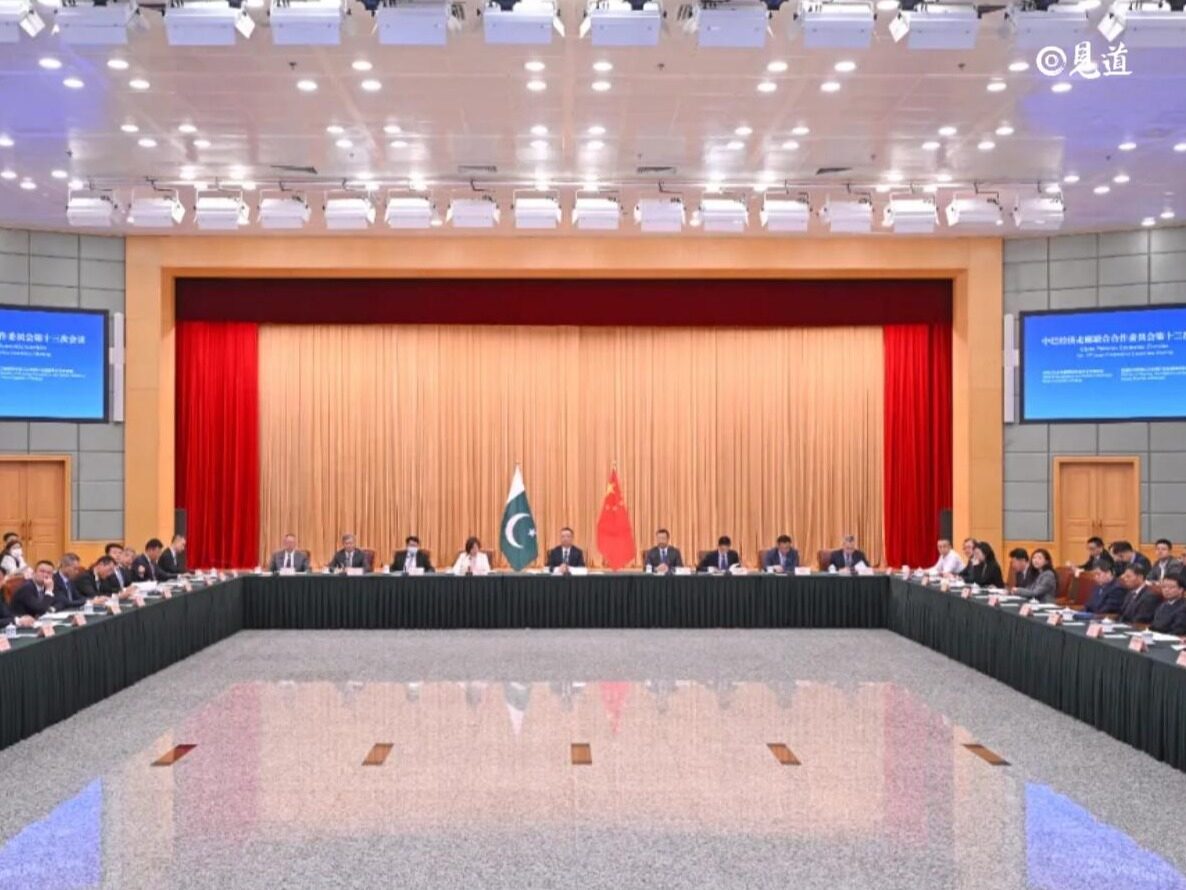
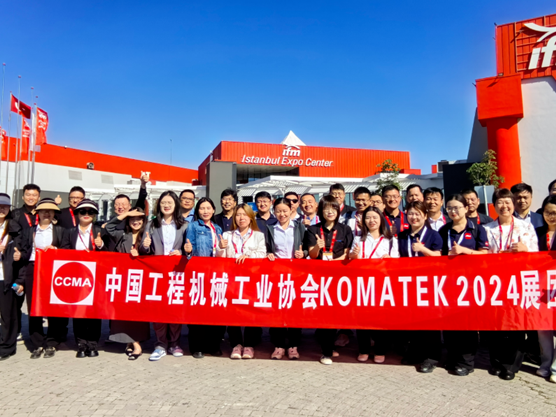






Write something~